This article first appeared in Counterman Magazine.
Data. In our hyperconnected digital world, it’s everywhere – and it seems like it’s flowing more freely than ever. By 2025, the human race will generate more than 180 zettabytes of data, according to one forecast from Statista. For those of you scoring along at home, a zettabyte is a measure of digital storage capacity roughly equivalent to 1 sextillion bytes, sometimes expressed as 1021 bytes – or 1,000,000,000,000,000,000,000 bytes. No matter how you slice it, that’s a lot of data.
With more and more of our physical world now connected to the internet – from smartphones, TVs and appliances to thermostats, watches and fitness trackers – many of the devices and machines that we use on a daily basis are sending and receiving data.
Our vehicles are no exception.
Since the mid 1990s, technicians and vehicle owners have been able to access vehicle data by connecting a scan tool to the OBD II port underneath the dashboard. Today, most newer vehicles have the capability to transmit this information wirelessly.
This wireless transmission of vehicle data is known as telematics.
The word “telematics” is a combination of “telecommunication” and “informatics.” The two disciplines merged in the 1960s when the U.S. Department of Defense developed global positioning systems (GPS) to track military assets and improve communication, according to Geotab, a provider of telematics solutions for fleets.
“Telematics owes its existence to three unique breakthroughs of modern technology: the internet, GPS and machine-to-machine communication (M2M),” Geotab explains in a 2021 blog post.
A vehicle can gather a number of data points, including:
• Vehicle speed
• Trip distance and time
• Driver behavior (steering, acceleration, braking, seatbelt use, idle time)
• When it needs repair and maintenance, and what needs to be done
• The vehicle’s GPS location
• Vehicle health, including fuel consumption, emissions and engine hours
Because this telematics data currently is sent directly to the automakers – bypassing vehicle owners and independent repair facilities – the Auto Care Association and the Automotive Aftermarket Suppliers Association (AASA) have been lobbying for national legislation that shifts control of the data to vehicle owners.
In November 2020, the aftermarket scored a major victory in Massachusetts with the overwhelming passage of Ballot Question 1, which updates the state’s landmark 2013 “Right to Repair” law. The ballot initiative requires OEMs to equip vehicles sold in Massachusetts with a standardized data platform that will enable motorists to access their vehicles’ telematics data through a mobile app. However, at press time, the new regulation has yet to take effect, as the automakers have kept it tied up in the courts with ongoing legal challenges.
It’s been a tough, grinding road for the aftermarket trade groups, who are up against the deep pockets of the OEMs. But there are other glimmers of hope. In Maine, a coalition of independent shop owners and employees recently filed an application with the Secretary of State’s Office announcing their intentions to put a similar Right to Repair referendum on the ballot in 2023. And earlier this year, U.S. Rep. Bobby Rush introduced the federal REPAIR Act, aiming to provide consumers with access to their vehicles’ telematics data.
“American vehicle owners have a right to control their data, and a right to access third-party repair shops, tools and parts,” said U.S. Rep. Warren Davidson, a co-sponsor of the bill. “This bill would end manufacturers’ anti-competitive practices and restore consumer property rights.”
Fleets Embracing Telematics
Telematics has become an essential tool for commercial and government fleets. Working with telematics service providers (TSP) such as Geotab, fleet managers can gain valuable insights into the performance of their vehicles and the driving habits of their employees, which can help them optimize routes, reduce accidents, maximize fuel economy and anticipate maintenance and repair issues.
SKF Vehicle Aftermarket recently introduced the TraX wheel-end monitor for fleets. Designed for Class 8 commercial vehicles and transit and coach buses, the bolt-on device intelligently monitors wheel-end vibration and temperature to detect potential issues such as impending bearing failures.
“The TraX sensors are mounted on the outboard side of the wheels and are listening for early stages of bearing degradation,” explains Michael Hartman, director, national fleet sales at SKF Vehicle Aftermarket. “The TraX monitor is constantly collecting data samples and verifies the health of the bearings. If a bearing is failing, the TraX monitor will start broadcasting to the TSP and turn on a blinking LED light on the TraX unit to indicate that there’s an issue. This analytical notification takes place generally several thousand miles before catastrophic failure occurs.”
Hartman asserts that telematics solutions such as the SKF TraX wheel-end monitor are “the future of aftermarket parts.”
“Fleets can proactively utilize telematic/connected- component data to predict downtime, maximize component lifecycles, enhance preventative- maintenance scheduling and make informed, controlled purchases on their own terms while ensuring that they are maximizing their fleet’s uptime,” Hartman adds.


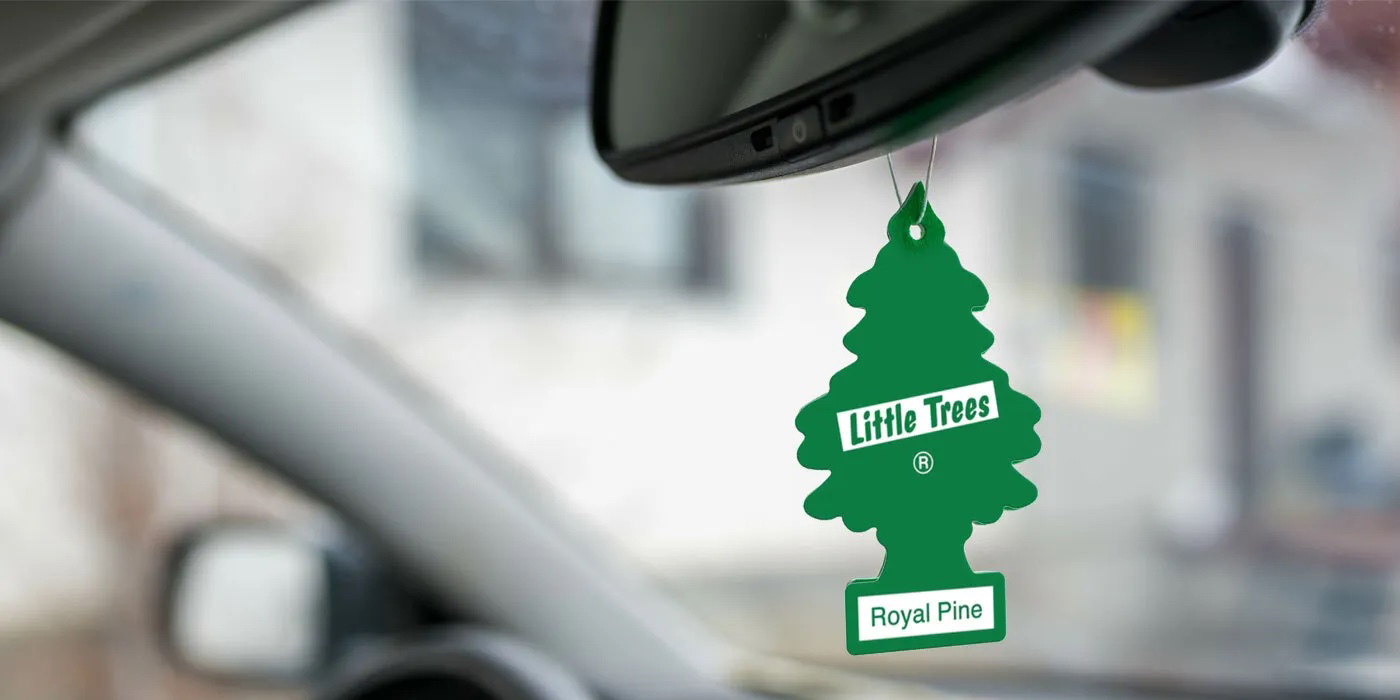



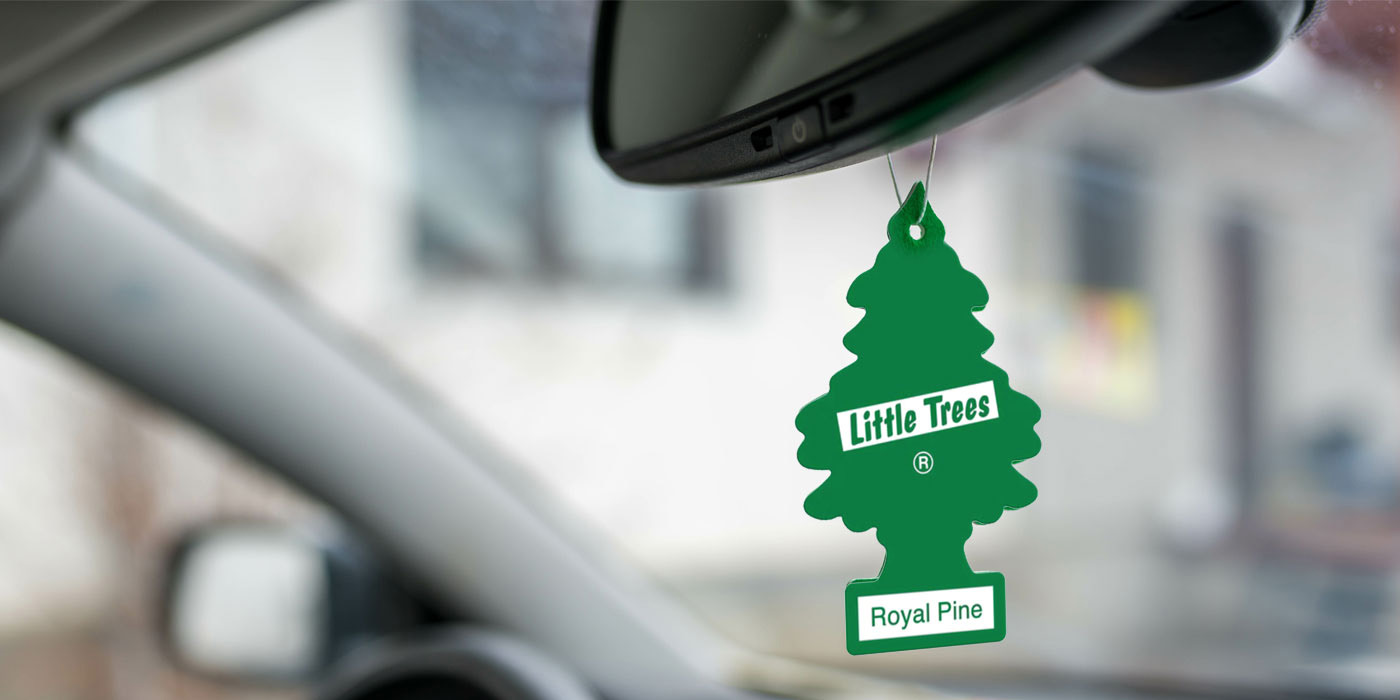



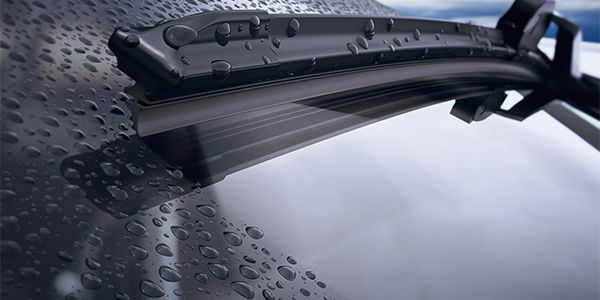
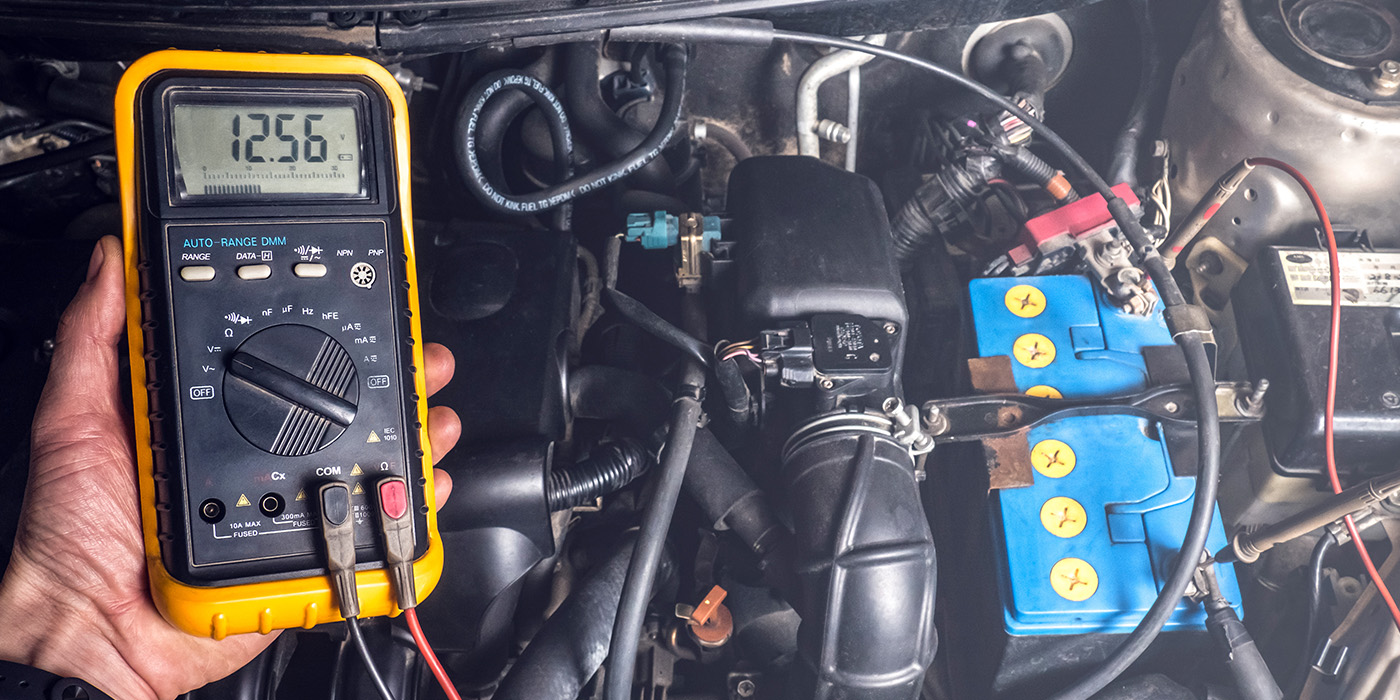
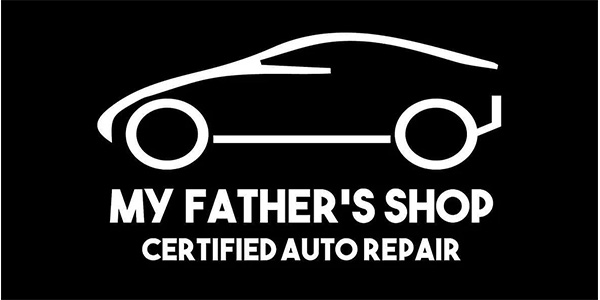
I once worked with a Romanian technician named Alex. He was a tiny guy who chain-smoked. His greatest fear was not a totalitarian dictator. It was fire and falling cars.
Back in those days, we used drop lights with incandescent bulbs. This was long before LEDs and rechargeable batteries. The bulbs would typically stop working when they were lightly jostled. If they were dropped, the glass bulb would shatter.